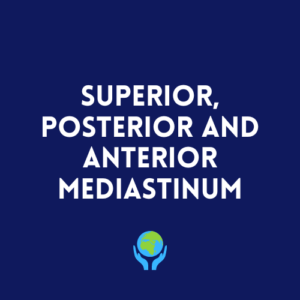Description
(LEARNER OUTCOMES)
- To describe the ventricles.
- To recognize the number, position and shape.
- To recognize the horns of the lateral ventricles.
- To identify the names of the communicating ducts.
- To recognize their relations.
- To appreciate the contents in the floor of the 4th ventricle.
- To identify the choroid plexus that produces CSF.
- To appreciate CSF circulation.
- To recognize the function of CSF.
- To appreciate meningitis, hydrocephalus and increased intracranial pressure.






Admin –
Dear Learner,
Welcome to “Gakwaya Medical Notes”. The objectives of these notes are:
– To produce a doctor who treats a client effectively & safely
– To pass examinations
– To do post graduate
– To be a life long learner
HOW TO ACCESS THIS LESSON:
1. Add lesson to cart & place order
2. Make a payment via Pesapal (MTN, Airtel, Visa, Mastercard)
3. You will receive an email with a downloadable link to view the lesson.
PLEASE NOTE:
For MTN or Airtel payments, please send your PAYMENT CONFIRMATION to WhatsApp +256 750034522 or email inquiry@gakwayamedicalnotes.com so we can COMPLETE your transaction. Thereafter, you will receive an email with a downloadable link to view the lesson. Please allow 4-6hrs to receive the link.
2. During your MTN/Airtel transaction, if your amount states “INVALID”. Please roundup to the nearest whole number. For example: if your payment is 80,0881.70, roundup to 80,882
HOW TO GET THE MOST OUT OF THIS LESSON:
1. Read and listen.
2. Sketch the diagrams repeatedly to master the subject.
3. Refer to periodicals and text books.
4. Formulate at least 2 questions from each learner outcome that you can answer swiftly and in great detail to show your understanding of the various topics. Preferably use the words, “list, name, state, describe or create” and avoid using the words, “how, what and explain”.
FOR INQUIRIES:
Send an email to inquiry@gakwayamedicalnotes.com
RETURNS & CANCELLATIONS:
Downloadable products are not eligible for refunds.
DISCLAIMER:
These are Dr. Gakwaya’s notes based on his 40+yrs of experience in the medical field.
These notes should not be used or reproduced without written permission – “Copyright”.